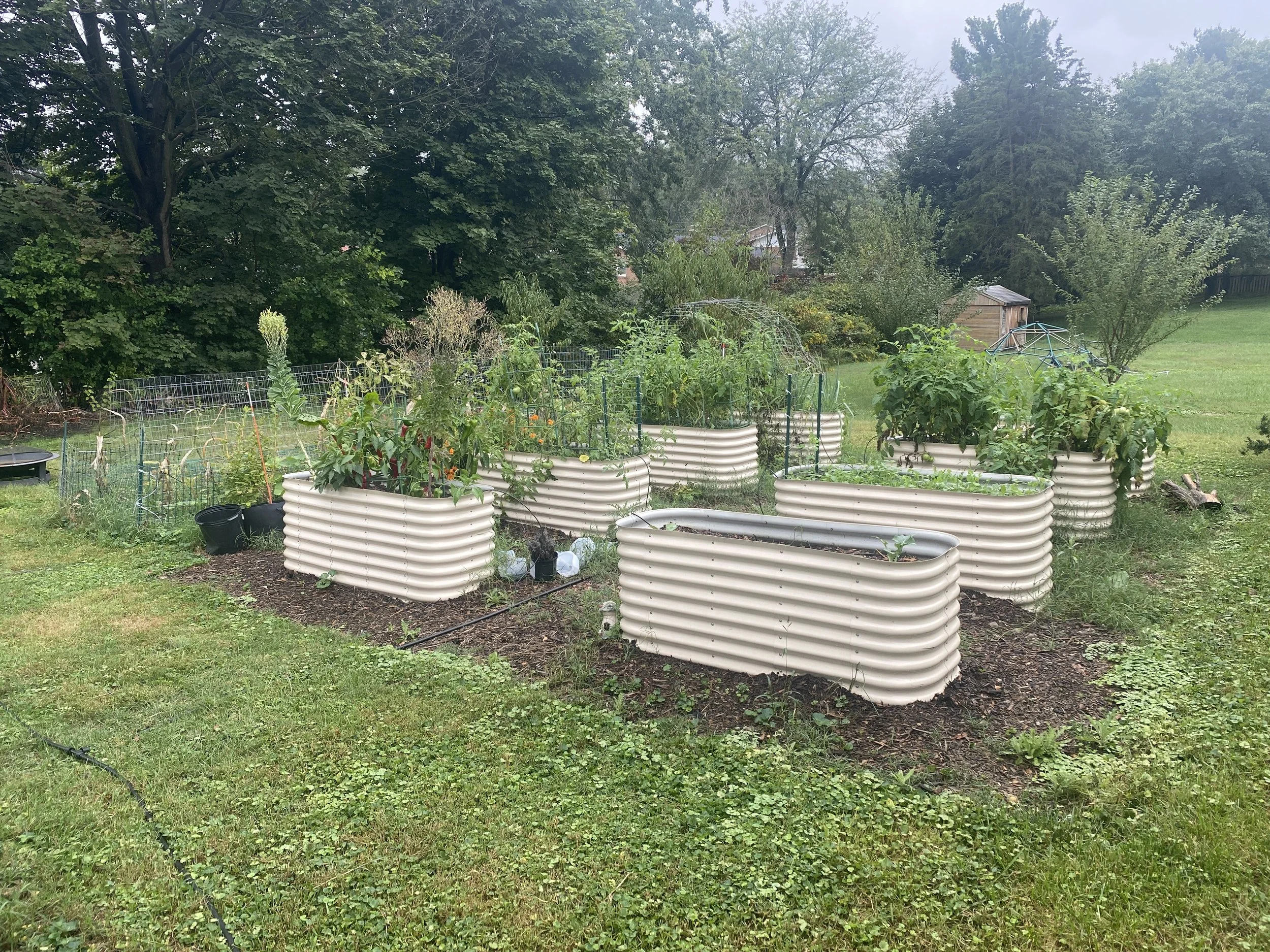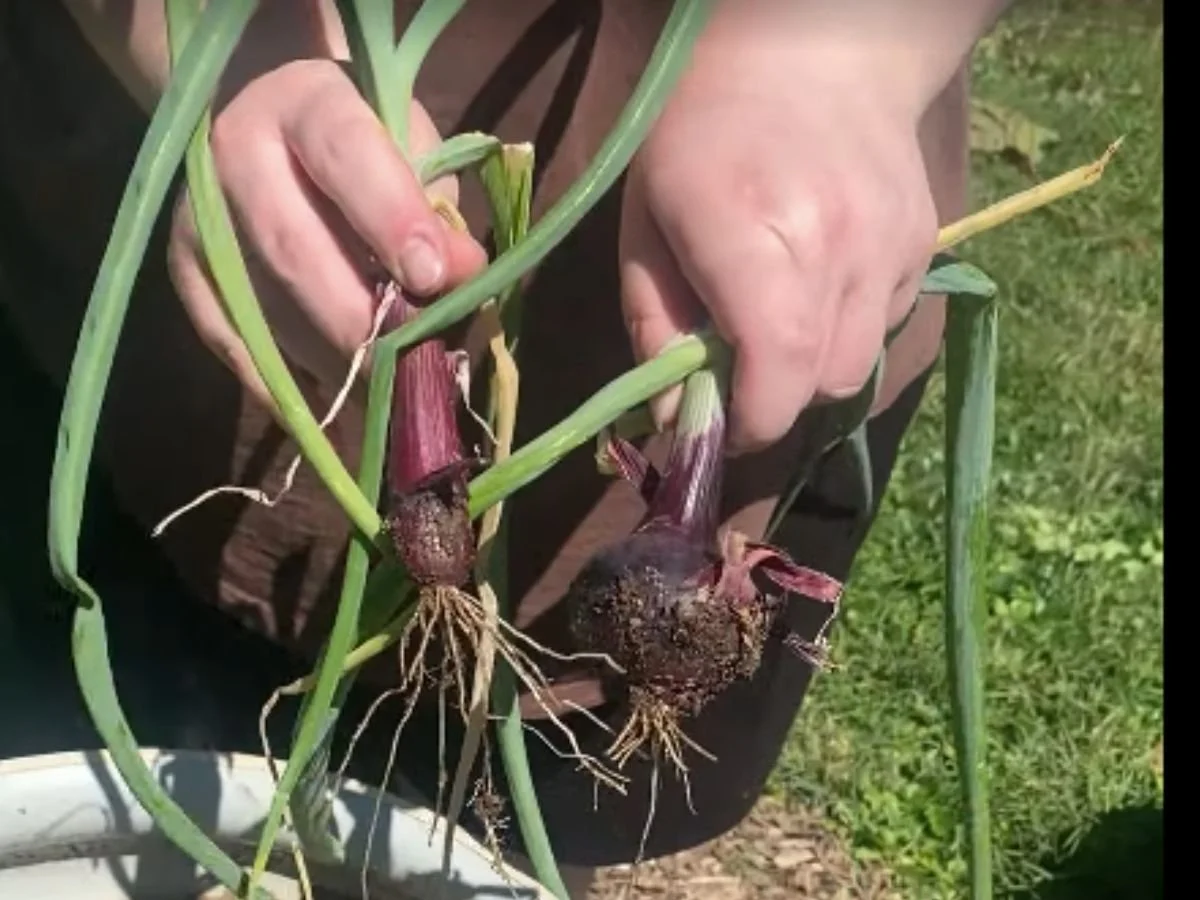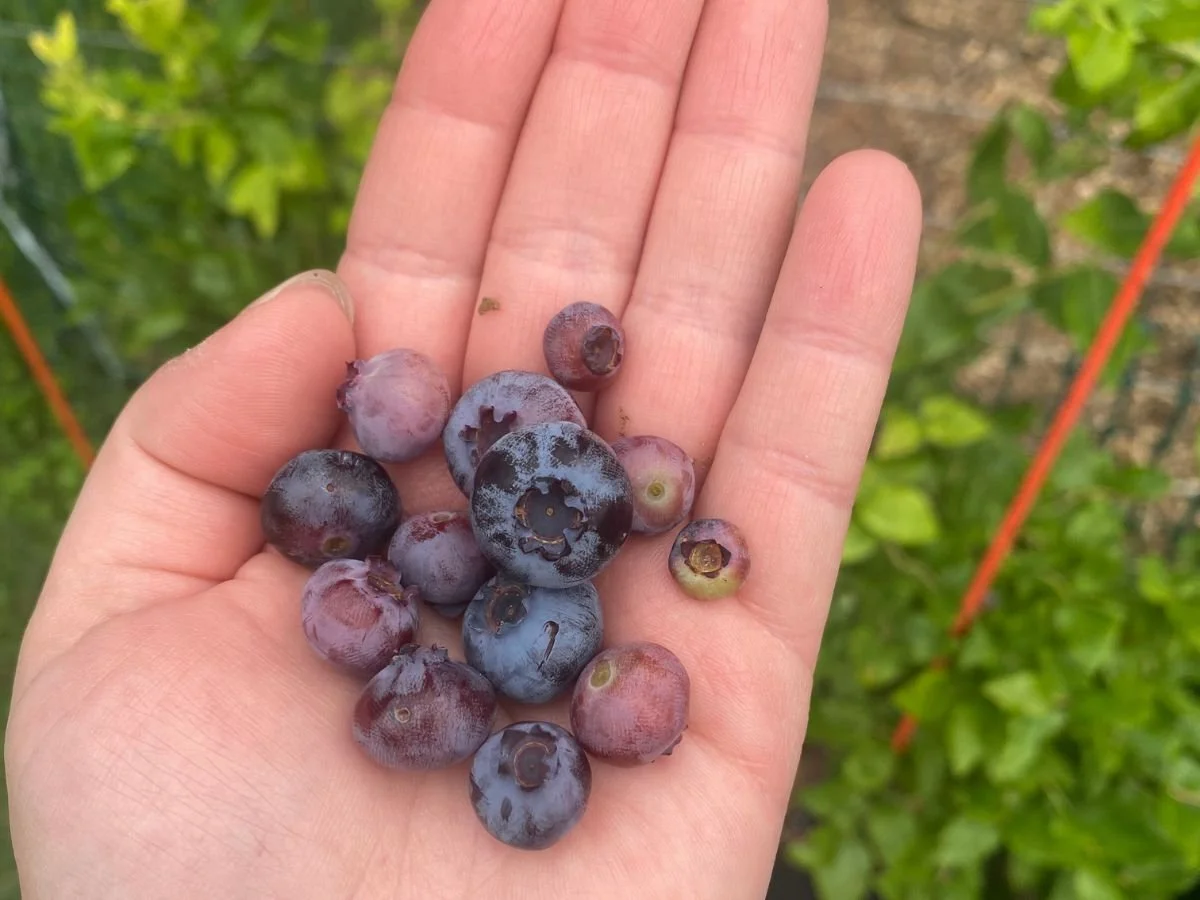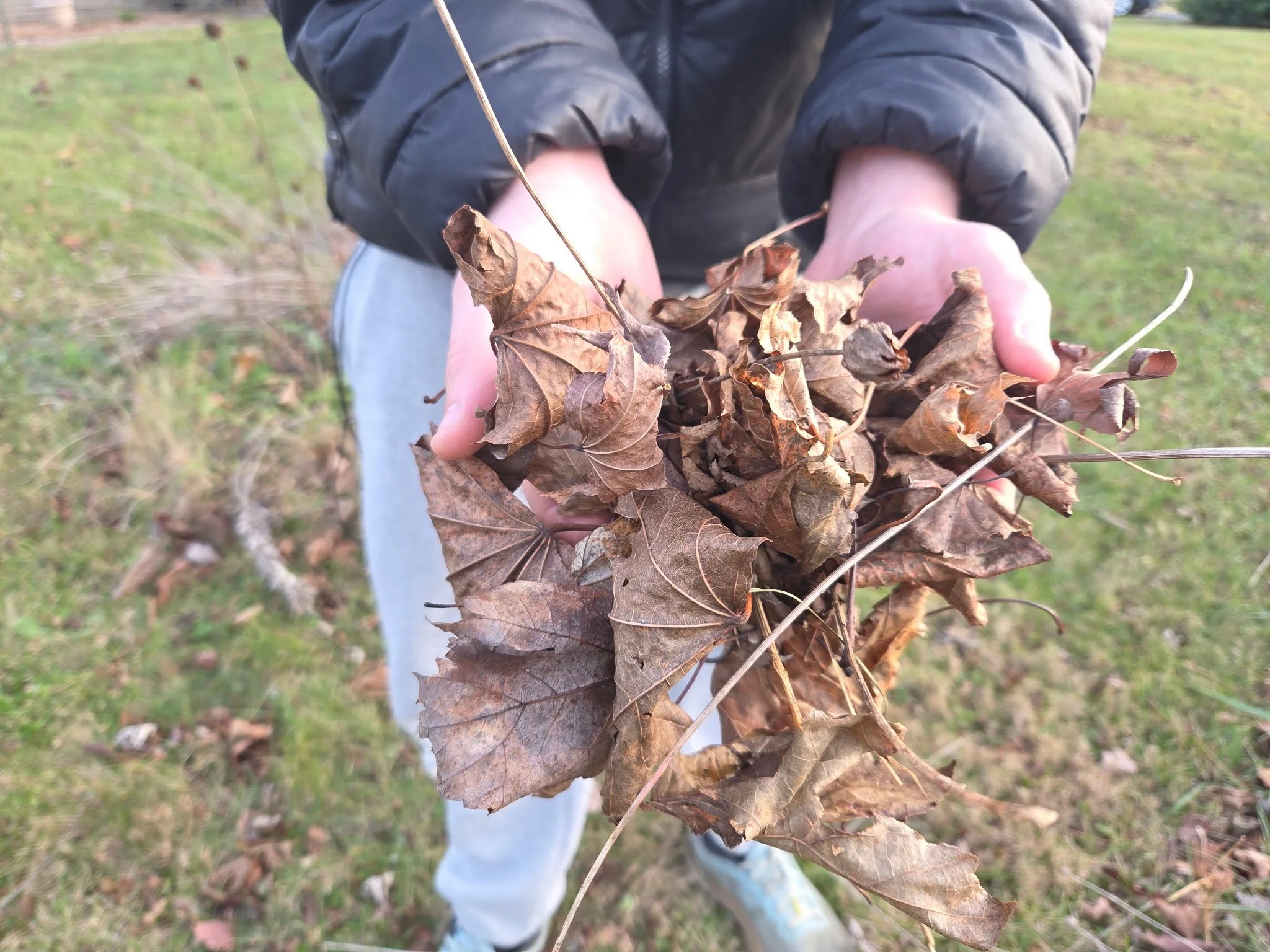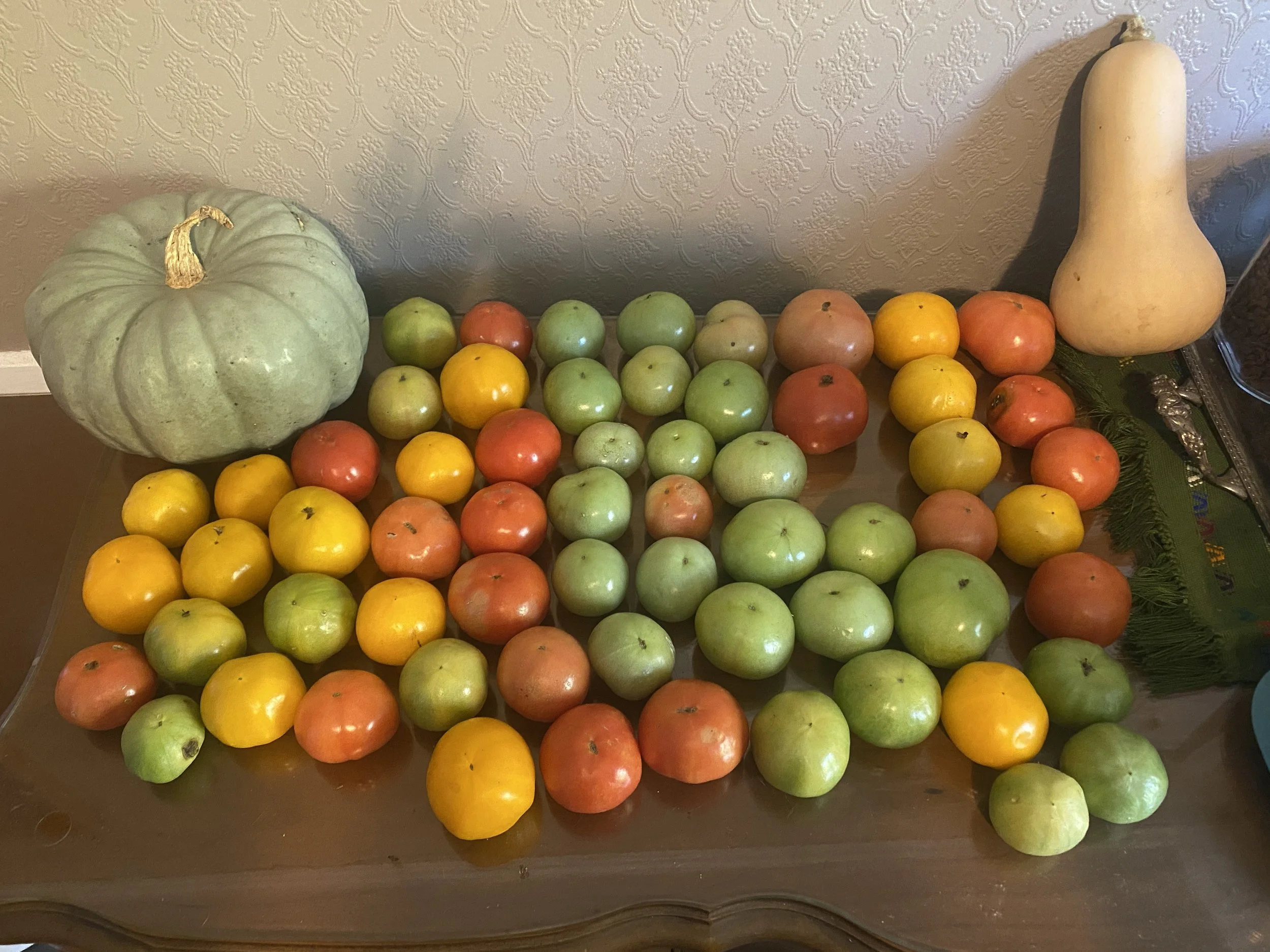What to Grow in Your Garden in October
As the temperatures drop in October, a lot of gardeners begin winding down in the garden and preparing for winter. But, autumn is a perfect opportunity to grow cool-season vegetables and plant cold hardy bulbs. If you’re wondering what to plant in your garden in October, this guide outlines the best cold hardy vegetables and flowers and when to plant them.
When to Plant in October
Since the temperature is dropping in October, it’s important to keep track of the first frost date for your gardening zone. If you’re not sure what zone your garden is in, check the USDA Plant Hardiness Zone Map. Many cold hardy plants will need time to establish their roots before the first frost hits. Otherwise, your plants may not survive. Use the average of the last 5 years' first frost date to get an estimated first frost date for your area. Make sure to keep track of the weather throughout the month in case there is a frost earlier than expected. The plants will need an established root system to survive multiple days with freezing temperatures. If you have an earlier frost than you were expecting, consider adding extra mulch and covering your plants with black shade cloth to trap heat inside.
What to Plant in October
1. Early spring blooming flowers
Tulips, hyacinths, daffodils, and crocuses are usually the earliest flowers to bloom in our zone when the weather starts to warm up in March/April. Not only do local pollinators need these flowers for food, they also serve as a vibrant pop of color after a dreary winter. All of these flowers are grown from bulbs, which you can find at your local garden store or online. Plant the bulbs pointy side up (towards the sky) and cover them with soil and a thick layer of mulch. The bulbs will establish roots in the soil and start to emerge very early the following spring. These flowers are also perennials, so plant them once and they will regrow year after year.
2. Garlic
Garlic is an easy vegetable to grow that can bring a lot of flavor to your kitchen. While it is possible to start garlic in the spring, planting them in the fall gives the plants time to develop roots and will likely result in larger bulbs when you harvest. Both softneck and hardneck garlic can be planted in the fall and mid October is the perfect time to plant them in our zone 7 garden. Plant each garlic clove, with the skin still intact and pointy side up (towards the sky), and cover with soil and a thick layer of mulch. Garlic will usually be ready to harvest around July the following spring. If you planted hardneck garlic, you will need to harvest the garlic scapes around May to June.
Once you’re ready to harvest, learn more about Harvesting and Preserving Garlic from the Garden.
3. Leafy greens
Many leafy greens are cold tolerant and have short growing periods, so they are a great option to plant in October. This applies to almost all leafy greens, so check the package on your seeds to know when you should plant them. Kale, spinach, and bok choy are frost tolerant and can often handle multiple days of frost. We plant them early in October and let them grow into the winter. The cold weather will even preserve the leafy greens so you can harvest them throughout the winter. Remember that if the temperatures are below freezing, the soil will not be warm enough for leafy greens to grow, but the cold temperatures can preserve already grown plants until you’re ready to harvest. Smaller leafy greens will usually have a very short growing season, so you can get a harvest quickly before winter hits. Leafy greens are easy to grow from seed. Plant your seed according to your seed packet and water regularly until you’re ready to harvest.
4. Root vegetables
Root vegetables, like carrots and radishes, are good choices for planting in October because they grow underneath the soil, which stays warmer during a frost. Your soil will eventually get too cold to grow anything, but root vegetables allow you to grow during occasional frosts, which are likely in October and early November. Carrots and radishes also have shorter growing periods, so you can get a grow in before winter begins. Root vegetables are best grown from seed. Keep your soil moist after adding your seeds until your plants are ready for harvest.
5. Onions
Onions can be planted in the fall to get early harvests the following spring. Any type of onion can be planted in October, but try to give them 4-6 weeks before your first frost date. This will allow the onions to establish roots before the cold weather hits. The onions will be dormant over winter, so you won’t see any growth. Once the temperatures warm up in the spring, your onions will continue growing and give you an earlier harvest. When planting, add seeds or onion sets (aka little onions) to soil in a sunny spot. Cover the onions with a thick layer of mulch to protect them from the harsh winter temperatures.
6. Perennial berries
Perennial berry bushes, like blueberries, raspberries, and blackberries, can be planted in either the spring or the fall. They usually need a year or two to establish before you are able to harvest any fruit from them. If you are planning to grow perennial berry bushes in the ground, fall is a great time to plant them. Just make sure they have 3-4 weeks to establish their roots before your first frost date. Planting in October will give your plants more time to establish and hopefully get you to a fruit harvest faster. Some berries require more acidic soil, so check the requirements for your berry bushes before planting to make sure they have optimal planting conditions. If your zone gets very cold in winter, make sure to protect your berry bushes with a thick layer of mulch.
Start Planting
Even with temperatures dropping, October is a great time to grow many things in the garden. I hope this list inspires you to add a few cold hardy plants to your garden so you can enjoy tasty vegetables and beautiful flowers all year long.

